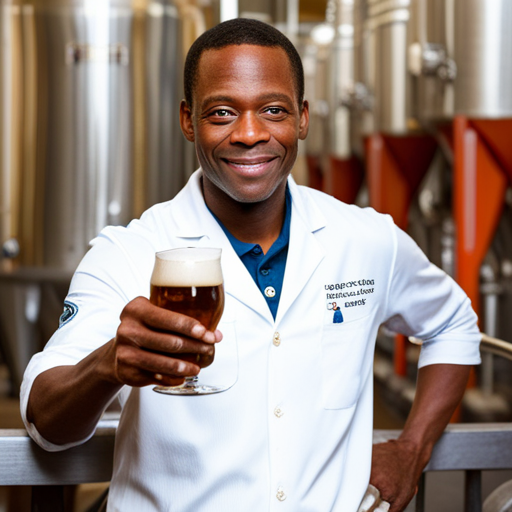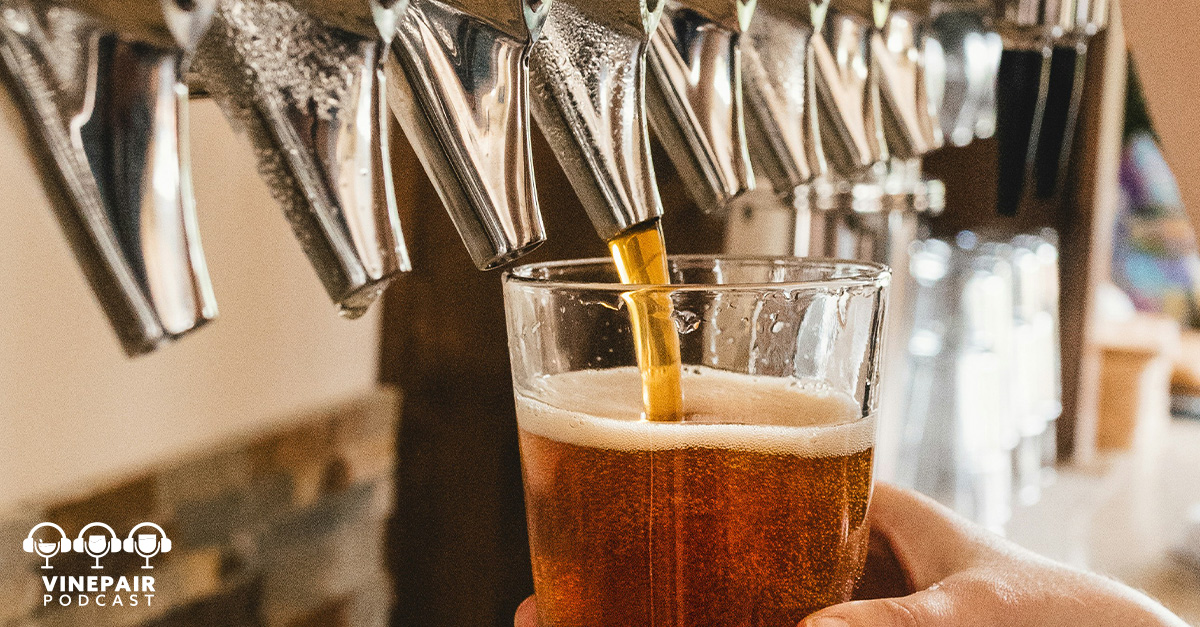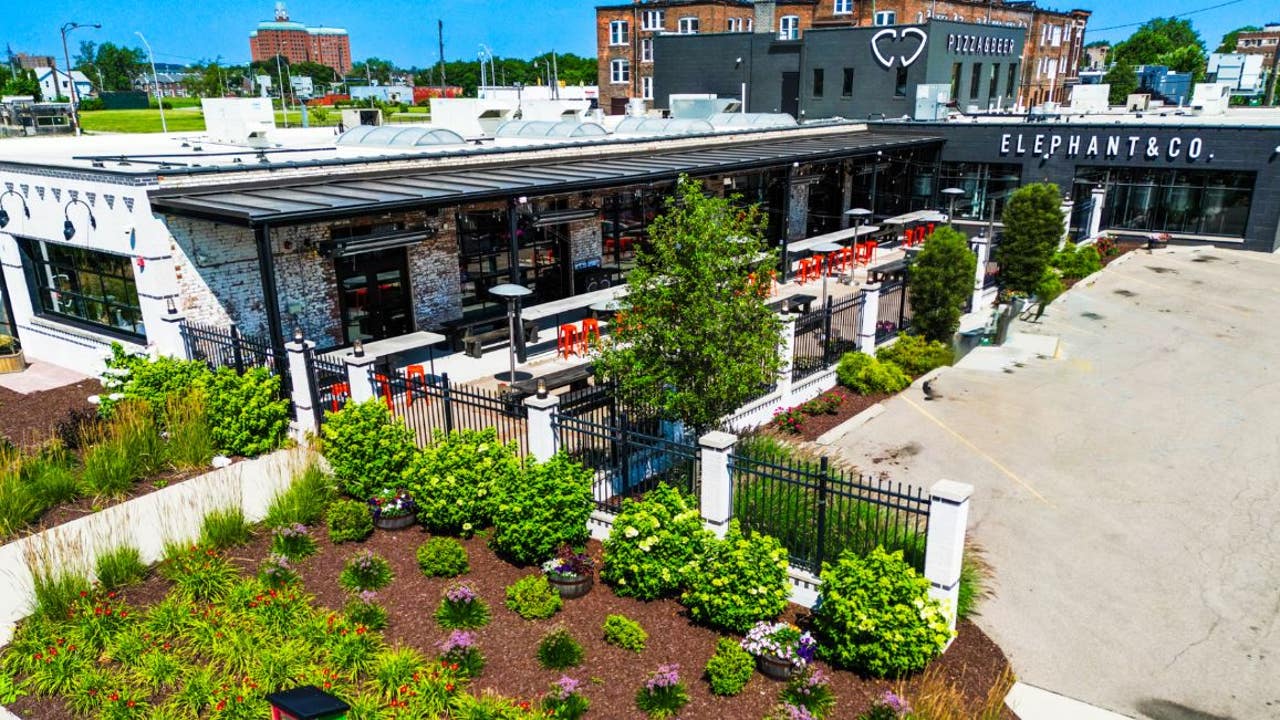The Brewing Process
Beer, one of the world’s oldest and most popular alcoholic beverages, is brewed using a combination of water, grains, hops, and yeast. These ingredients are carefully selected and combined in a specific way to create the perfect balance of flavor, aroma, and alcohol content.
The brewing process involves several steps, including mashing, boiling, fermentation, and maturation. Each of these steps plays a vital role in creating a delicious and satisfying beer that is enjoyed by millions of people around the world.
Mashing
In the first step of the brewing process, the grains (usually barley) are mixed with hot water in a process known as mashing. This allows the enzymes in the grains to break down the starches into fermentable sugars.
Boiling
After the mashing process is complete, the resulting liquid (known as wort) is boiled along with hops to add flavor, bitterness, and aroma to the beer. The hops also have preservative properties that help to extend the shelf life of the beer.
Fermentation
Once the boiling process is complete, the wort is cooled and yeast is added to begin the process of fermentation. During fermentation, the yeast consumes the fermentable sugars in the wort, producing alcohol and carbon dioxide as byproducts.
Maturation
After the fermentation process is complete, the beer is usually aged for a period of time in a process known as maturation. This allows the flavors and aromas of the beer to develop and meld together, creating a more complex and satisfying flavor profile. Maturation can take anywhere from a few weeks to several months, depending on the type of beer and the desired flavor profile.
The Importance of Time in Beer Maturation
Of all the ingredients that go into making a great beer, time is perhaps the most important. Time allows the flavors and aromas of the beer to develop and meld together, creating a more complex and satisfying flavor profile.
During the maturation process, the beer is essentially put on hold while the flavors and aromas develop. This is why some beers are aged for several months or even years before they are consumed. The longer the beer is aged, the more complex and satisfying the flavor profile becomes.
Types of Beer Maturation
There are several different types of beer maturation, each with its own unique characteristics and benefits. These include:
- Cold Maturation: This involves aging the beer at a temperature close to freezing, which helps to clarify the beer and remove any lingering off-flavors.
- Barrel Maturation: This involves aging the beer in oak barrels, which adds a complex array of flavors and aromas to the beer.
- Bottle Maturation: This involves aging the beer in the bottle, allowing the yeast to continue fermenting the beer and adding a subtle carbonation.
- Secondary Fermentation: This involves adding additional yeast and sugar to the beer after the initial fermentation is complete, which creates a more complex and flavorful beer.
The Role of Other Ingredients in Beer Maturation
While time is the most important ingredient in beer maturation, other ingredients also play a vital role in creating a satisfying and complex flavor profile. These include:
- Grains: The type of grains used in the beer can have a significant impact on the flavor profile. For example, darker grains can add a roasted or nutty flavor to the beer.
- Hops: The type and amount of hops used in the beer can also have a significant impact on the flavor and aroma. Hops can add bitterness, floral notes, or citrus flavors to the beer.
- Yeast: The type of yeast used in the beer can also have a significant impact on the flavor profile. Different strains of yeast can produce different flavors and aromas in the finished beer.
Conclusion
Beer maturation is a vital part of the brewing process that allows the flavors and aromas of the beer to develop and meld together over time. The importance of time in beer maturation cannot be overstated, as it is the key ingredient that allows for a complex and satisfying flavor profile.
Other ingredients, such as grains, hops, and yeast, also play a vital role in creating a delicious and satisfying beer that is enjoyed by millions of people around the world. So, the next time you crack open a cold one, take a moment to appreciate the careful craftsmanship and artistry that went into creating that delicious and satisfying brew.







This captivating journey delves into the intricacies of beer maturation, revealing the array of unique flavors and flair that can be achieved through time and the incorporation of different ingredients. By unlocking the magic of beer aging, not only do we gain a deeper understanding of the maturation process, but we also open ourselves up to a world of exquisite taste experiences. Cheers to this informative adventure!
Beer maturation is a fascinating process that brings out the hidden complexities and flavors of this beloved beverage. This exploration of time and additional ingredients is a gateway to unlocking the true magic behind beer maturation. By understanding the aging process, we can gain insight into the artistry involved in creating various beer styles. So, embark on this informative journey and discover the unique flavors and flair that come to life with the passage of time. Cheers to the wonders of beer maturation!